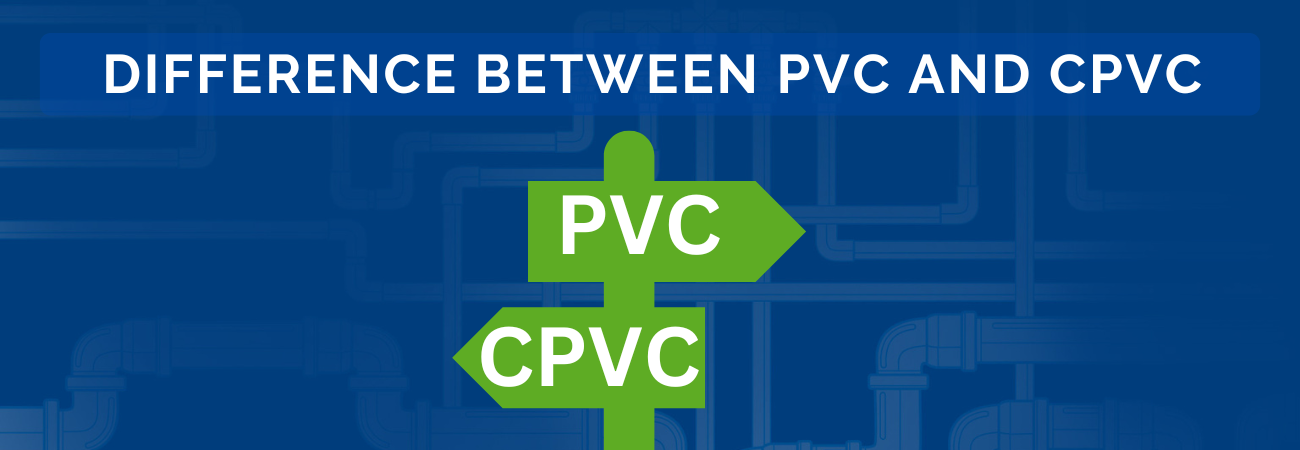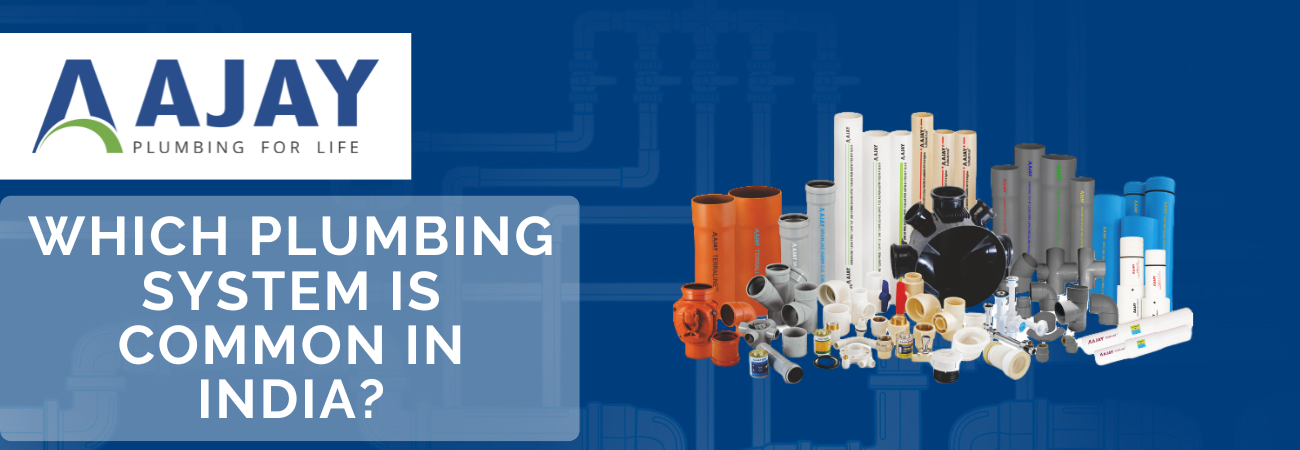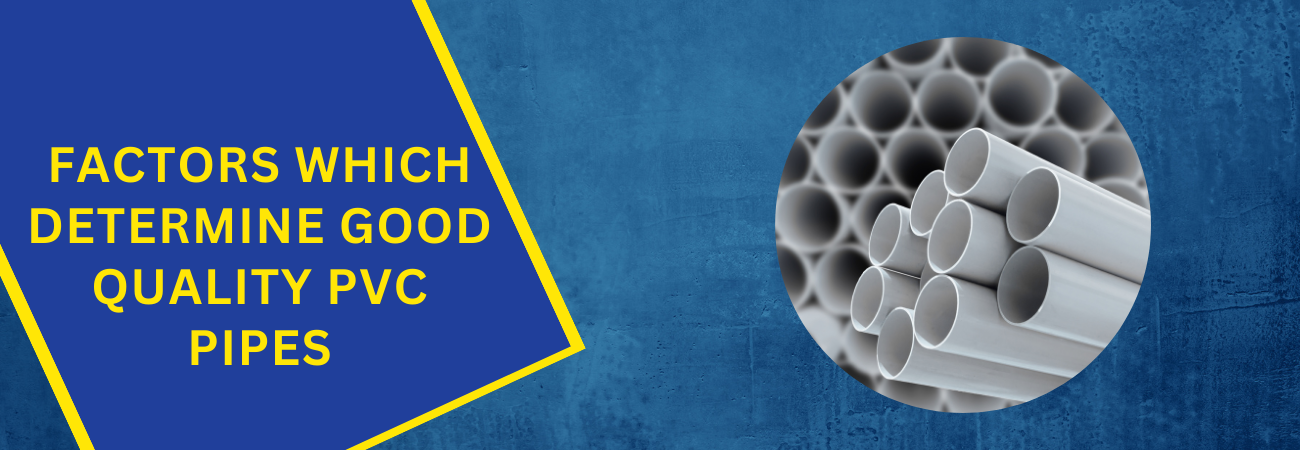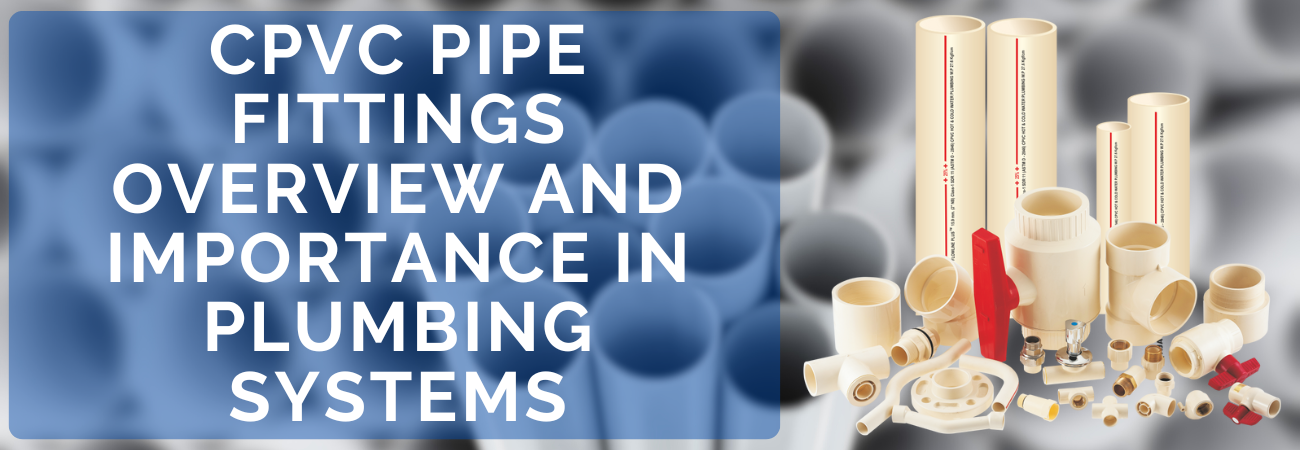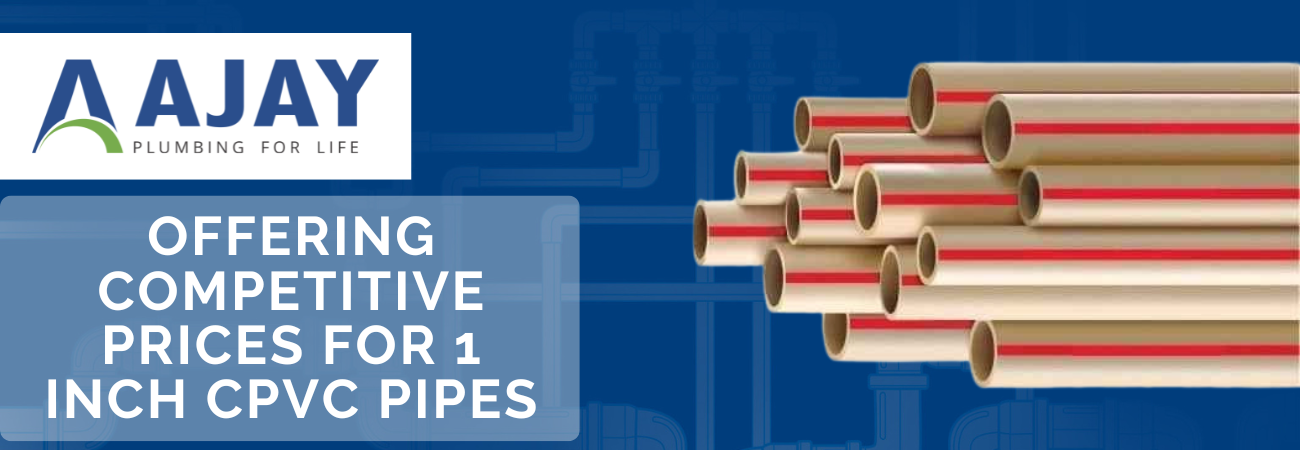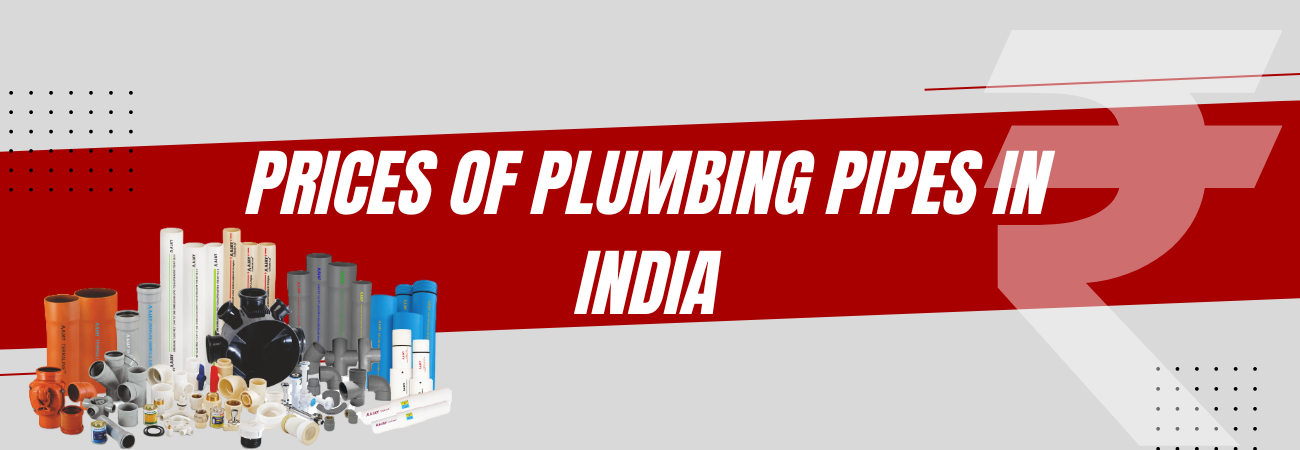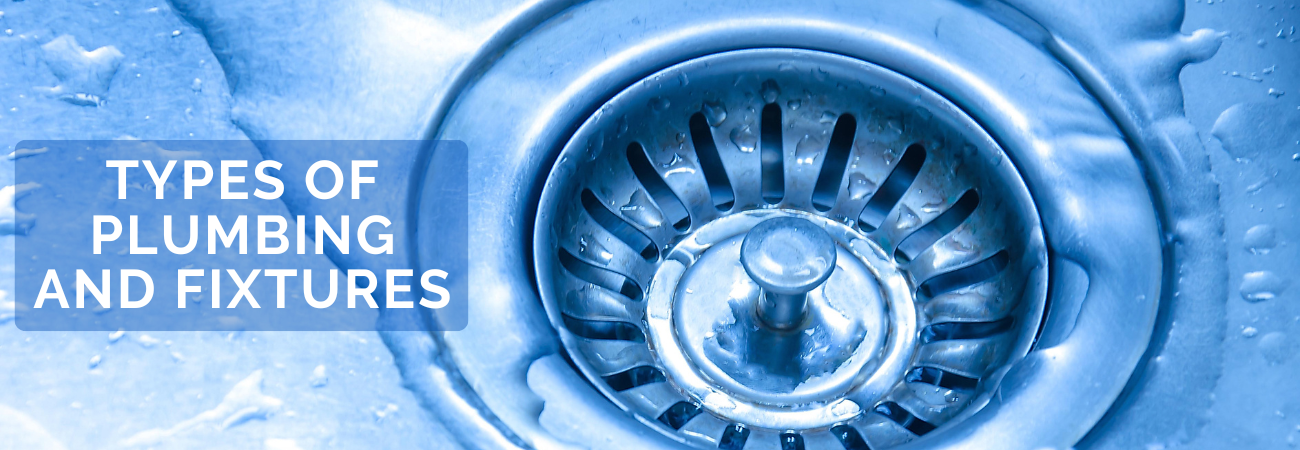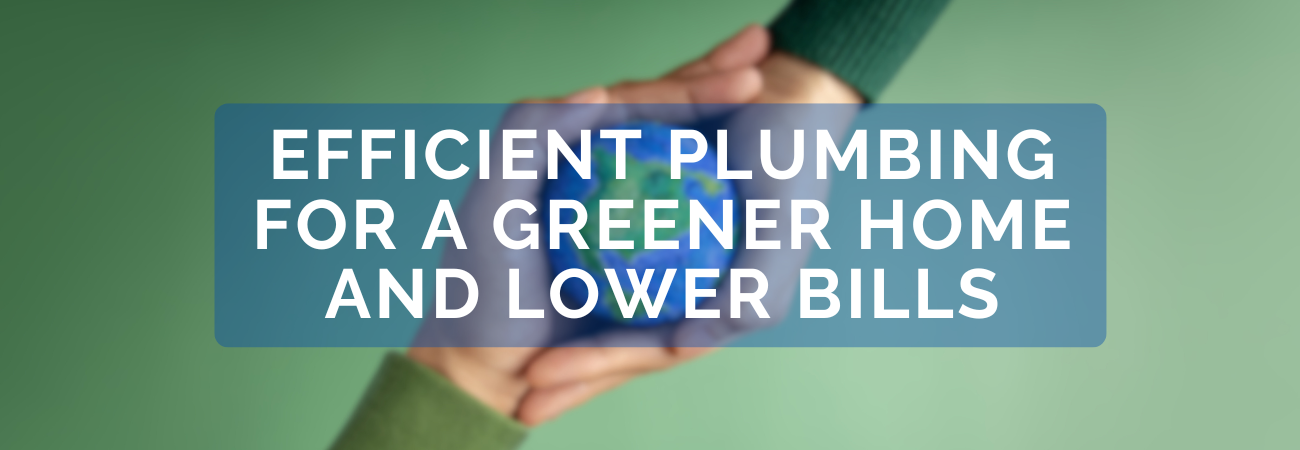Introduction
Polyvinyl chloride (PVC) and Chlorinated polyvinyl chloride (CPVC) are two of the most popular thermoplastic materials used in construction and industrial applications. Both PVC and CPVC are widely used in piping systems due to their strength, durability, and resistance to chemicals and weather conditions. However, there are some key differences between these two materials that make each more suitable for certain applications
Here are the key differences between PVC and CPVC:
- Chemical Composition
PVC is a synthetic thermoplastic material that is made from vinyl chloride monomer (VCM). It is a rigid, white, or gray plastic that is often used in construction, plumbing, and other industrial applications. On the other hand, CPVC is a thermoplastic material that is made of chlorinating PVC resin. The chlorination process enhances the heat resistance of PVC, making it suitable for high-temperature applications.
- Temperature Resistance
PVC is suitable for use in low to moderate-temperature applications, with a maximum operating temperature of around 140 degrees Fahrenheit. This makes it suitable for cold-water supply and drain lines. On the other hand, CPVC has a higher temperature resistance than PVC, with a maximum operating temperature of around 200 degrees Fahrenheit. This makes it suitable for use in hot water supply lines and other high-temperature applications.
- Pressure Rating
PVC has a lower pressure rating than CPVC. PVC is rated for use at pressures up to around 100 psi, while CPVC can handle pressures up to around 400 psi. This makes CPVC a better choice for high-pressure applications, such as fire sprinkler systems.
- Fire Resistance
CPVC has a higher fire resistance than PVC. It is a self-extinguishing material that does not support combustion. This makes it suitable for use in fire protection systems, such as sprinklers, and in other high-temperature applications where fire safety is a concern.
- Cost
PVC is generally less expensive than CPVC. This is because the chlorination process used to make CPVC adds to the cost of the material. However, CPVC is still a cost-effective option for high-temperature applications, as it requires less insulation and supports higher pressure ratings.
- Installation
Both PVC and CPVC can be installed using similar methods, such as solvent welding, threaded connections, or mechanical couplings. However, CPVC requires special primers and cement that are specifically formulated for use with this material. PVC, on the other hand, can be installed using standard PVC cement.
Conclusion
PVC and CPVC are both popular thermoplastic materials that are widely used in construction, plumbing, and industrial applications. While both materials offer high strength, durability, and chemical resistance, they have some key differences that make each more suitable for certain applications. PVC is a good choice for low to moderate-temperature applications, while CPVC is better suited for high-temperature and high-pressure applications. When choosing between PVC and CPVC, it is important to consider factors such as temperature, pressure, fire resistance, and cost, as well as the specific application and system requirements.
For any queries, contact the plumbing experts at Ajay pipes on the Toll Free No. : 1800-11-4050 or via email at our email address info@ajaypipes.com

